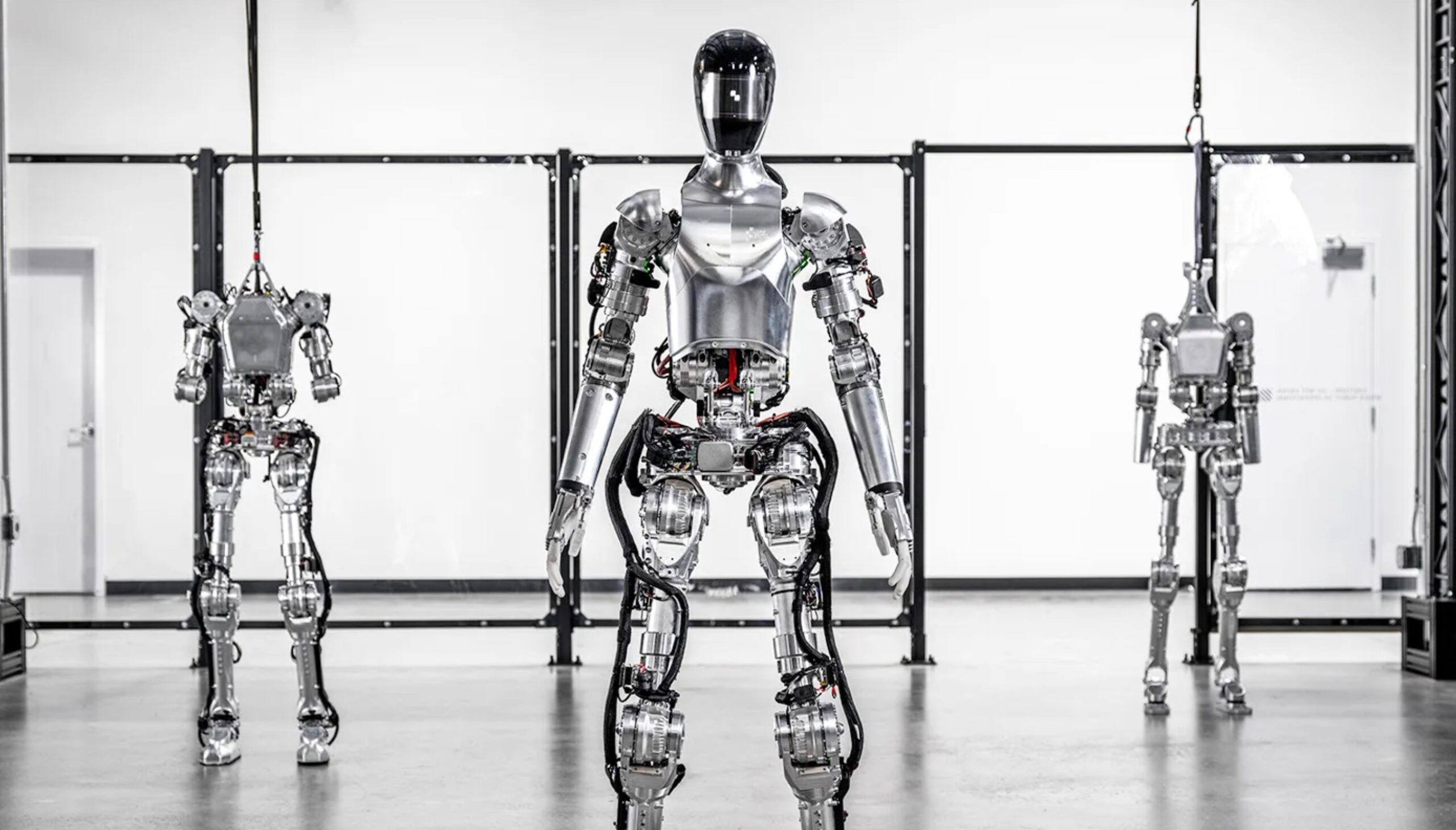The Da Vinci Code: A Comprehensive Guide

Table of Contents
The Plot and its Central Mystery
The Da Vinci Code centers on the murder of Jacques Saunière, curator of the Louvre Museum, and the cryptic clues he leaves behind. These clues lead symbologist Robert Langdon and cryptologist Sophie Neveu on a perilous chase across Europe, unraveling a centuries-old secret guarded by the Priory of Sion. The central mystery revolves around the Holy Grail, not as a sacred chalice, but as a metaphor – a symbol representing the bloodline of Jesus Christ and Mary Magdalene. The novel suggests a hidden history, challenging established religious dogma.
-
The murder of Jacques Saunière and the cryptic clues he leaves behind: Saunière's death is meticulously staged, leaving behind a trail of artistic and symbolic clues that only Langdon can decipher. These clues are intricately woven into famous works of art, highlighting the novel's visual and artistic elements.
-
The Priory of Sion and its historical significance (or alleged significance): The Priory of Sion, a fictional organization central to the Da Vinci Code plot, is presented as a secretive society protecting the truth about Jesus's lineage. The novel's depiction of the Priory has fueled considerable debate about its actual historical existence and influence.
-
The search for the Holy Grail and its true meaning within the context of the novel: The Grail, in Brown's interpretation, is not a physical object but a symbolic representation of the descendants of Jesus and Mary Magdalene, challenging traditional Christian beliefs. This interpretation is central to the Da Vinci Code conspiracy and its core themes.
-
The role of Opus Dei and its conflicting ideologies: Opus Dei, a Catholic organization, is portrayed as a powerful antagonist, highlighting the internal conflicts and power dynamics within the Catholic Church. This portrayal has sparked significant controversy and debate.
Key Characters and Their Roles
The success of The Da Vinci Code is also due to its compelling characters. Each plays a crucial role in driving the narrative forward.
-
Robert Langdon: Langdon, a Harvard professor of religious symbology, is the protagonist, using his expertise to decipher the clues and unravel the mystery. His role highlights the importance of academic research and interpretation in understanding historical events.
-
Sophie Neveu: Sophie, a brilliant cryptologist, is initially skeptical but becomes increasingly involved in the unfolding mystery, uncovering personal connections to Saunière and the ancient secrets he guarded. Her journey is one of self-discovery and empowerment.
-
Silas: Silas, a physically imposing albino monk, acts as the main antagonist, driven by his fanaticism and loyalty to Opus Dei. He represents the darker side of religious zeal and the consequences of blind faith.
-
Leigh Teabing: Teabing, a wealthy British historian, acts as a mentor figure to Langdon and Sophie, providing crucial insights into the history of the Priory of Sion and the Holy Grail. His knowledge and influence shape the course of their investigation.
The Historical and Religious Context of The Da Vinci Code
The Da Vinci Code makes bold claims about historical figures and events, sparking considerable controversy. The novel's interpretations are not universally accepted by historians or theologians.
-
The historical accuracy (or lack thereof) of the Priory of Sion: The Priory of Sion, as depicted in the novel, is a largely fictionalized entity. While a historical Priory of Sion did exist, its connection to the secrets unveiled in the book is highly disputed. This point highlights the blurring of fact and fiction in the narrative.
-
The debate surrounding the historical Jesus and Mary Magdalene: The novel’s portrayal of Jesus and Mary Magdalene as having a romantic relationship and producing offspring is a contentious claim and remains largely unproven by historical evidence. This assertion is central to The Da Vinci Code's controversial premise.
-
The interpretation of religious symbols and their significance in the novel: The book uses religious symbols and iconography throughout, analyzing their potential deeper meanings and suggesting alternative interpretations. This use of symbolism is key to the plot's suspense and intrigue.
-
The book's impact on discussions of religious history and interpretation: Despite its historical inaccuracies, The Da Vinci Code has undoubtedly spurred significant public discussion about religious history, leading many to revisit their own understanding of religious texts and traditions.
The Da Vinci Code's Impact and Legacy
The Da Vinci Code achieved phenomenal success, selling millions of copies worldwide and becoming a cultural touchstone.
-
The book's sales figures and its translation into numerous languages: Its global success is testament to its compelling narrative and its exploration of universal themes.
-
The film adaptation and its critical and commercial success: The movie adaptation further popularized the story, reaching even wider audiences and amplifying the book's central themes.
-
The lasting impact on discussions of religious history and conspiracy theories: The book continues to spark debate and discussion regarding religious history and the role of faith, conspiracy, and truth.
-
The influence on subsequent novels and works of fiction: The Da Vinci Code's success has undoubtedly influenced other works of fiction, inspiring similar narratives that blend historical fiction with conspiracy theories.
Conclusion
The Da Vinci Code, with its captivating plot, memorable characters, and provocative exploration of history and religion, continues to fascinate readers. We've explored its central mystery, key characters, historical context, and lasting cultural impact. To fully appreciate the complexities and controversies surrounding The Da Vinci Code mysteries, further exploration is recommended. Consider reading Dan Brown's other works, exploring related historical texts, or watching the film adaptation. Join online discussions about the book and delve deeper into the enduring fascination with The Da Vinci Code analysis. Understanding The Da Vinci Code requires a critical examination of both its fictional narrative and the historical context it invokes – a testament to its enduring power and influence.

Featured Posts
-
 Elsbeth Season 2 Episode 15 A Critical Analysis Of A Flat Episode
May 13, 2025
Elsbeth Season 2 Episode 15 A Critical Analysis Of A Flat Episode
May 13, 2025 -
 Leonardo Di Caprios New Spy Thriller Now On Netflix
May 13, 2025
Leonardo Di Caprios New Spy Thriller Now On Netflix
May 13, 2025 -
 Pliant Secures 40 M In Series B Funding To Revolutionize B2 B Payments
May 13, 2025
Pliant Secures 40 M In Series B Funding To Revolutionize B2 B Payments
May 13, 2025 -
 Coinsilium Group Limited Forza Launch Highlights From Gibraltar
May 13, 2025
Coinsilium Group Limited Forza Launch Highlights From Gibraltar
May 13, 2025 -
 Philippine Midterm Elections Dutertes Strong Showing Challenges Marcos
May 13, 2025
Philippine Midterm Elections Dutertes Strong Showing Challenges Marcos
May 13, 2025
